
From May till July, the Qinghai-Tibet Plateau welcome the busiest time to harvest the world's most expensive parasite: caterpillar fungus. Many families in the high-altitude mountains make a living from digging up this hybrid fungus. But the price of such activity on the environment is more than what the rare fungus can fetch on the market as plastic pollution is threatening the ecology of the alpine plateau.
The plastic waste problem is ubiquitous in today's world, reaching the depths of oceans and the peaks of the Himalayan mountain range.
But people from Zadoi County in northwest China's Qinghai Province, also known as the "home of the caterpillar fungus" and "home of the snow leopard," are trying to save their own land from pollution.
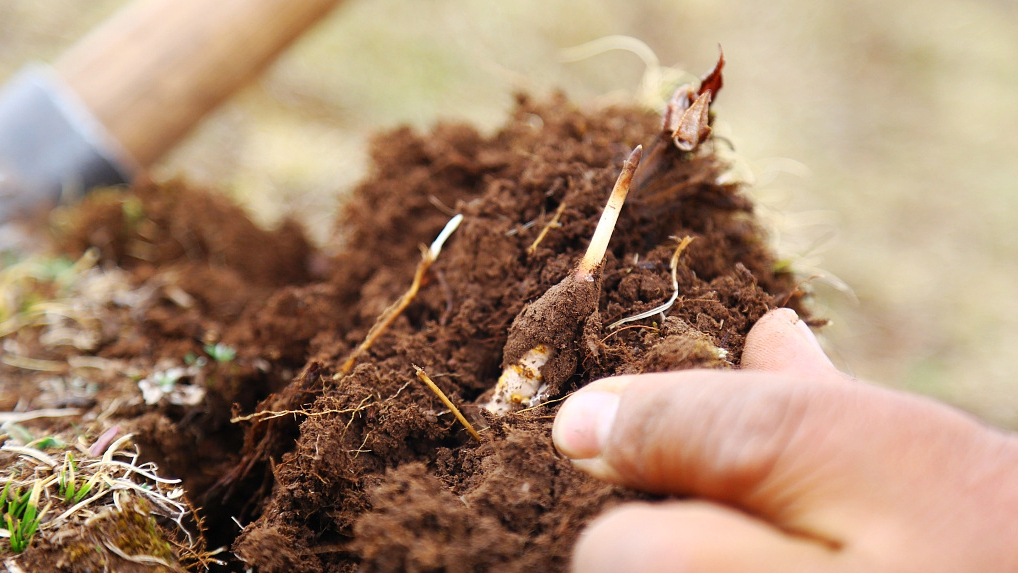
Caterpillar fungus. /VCG Photo
The caterpillar fungus is called "dong cong xia cao" (冬虫夏草) in Chinese. The name literally translates to "winter worm, summer grass," revealing the life cycle of the mysterious species.
Fungal spores infect the moth larvae in late summer when they had just shed their skin and are at their most vulnerable state. The larvae stay underground as the parasites slowly eat their way through them during fall and winter. When the snow melts, the fungus ruptures the host body, sending a stalk through their head. During late summer, the brown organ releases its spores and the cycle begins again.
Caterpillar fungus is a relative of the tropical fungus which can turn ants into zombies. This Tibetan endemic species can sell up to 140,000 U.S. dollars per kilogram because of its medical use.
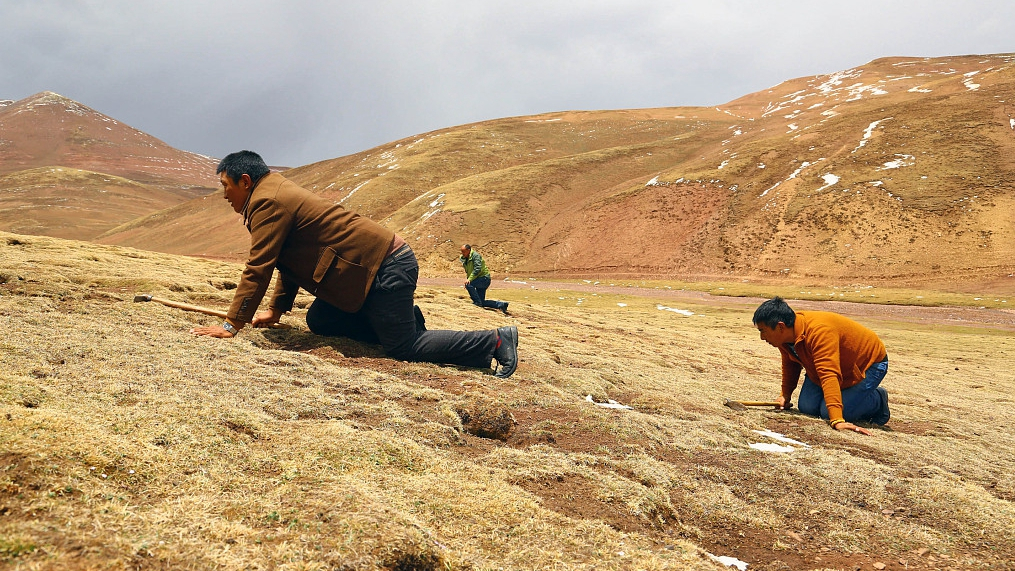
People are collecting the precious fungus on the alpine plateau. /VCG Photo
Zadoi County is a vast land located in the Sanjiangyuan area, where three of Asia's great rivers are born: the Yangtze, the Yellow and the Mekong. Local communities scattered on the plateau share the same space with countless wildlife species such as the snow leopard, wolf, chiru, and pika.
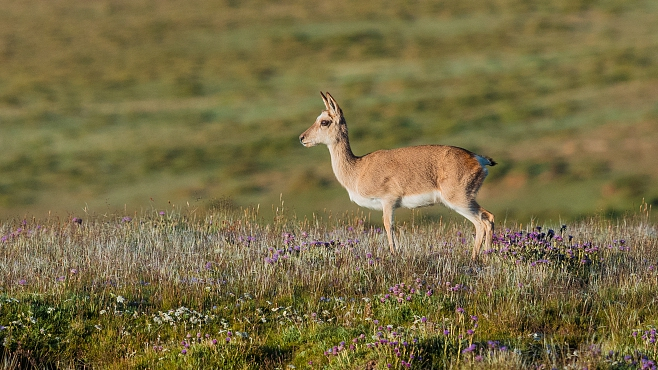
A little chiru in Sanjiangyuan. /VCG Photo
The traditional lifestyle of the local people has minimal impact on the environment. Their food sources are cattle and sheep, their clothes are made of wool, and they burn yaks' droppings for fuel. Their daily necessities came from nature and could be dissolved by nature.
It wasn't until the 1990s that modernity changed their ways of living. Bottled drinks replaced traditional yak butter tea, and instant noodles overtook the Tibetan Zanba pastry. The Sanjiangyuan area couldn’t cope with such a sudden change, especially in the absence of waste collection services.
When local herdsmen shepherd their yaks to the mountains, they would bring with them food in plastic packages and leave the waste on the grassland. During the caterpillar fungus harvest season, the plastic problem reaches a peak because nearly all the people would come out to the mountains for the expensive fungus.
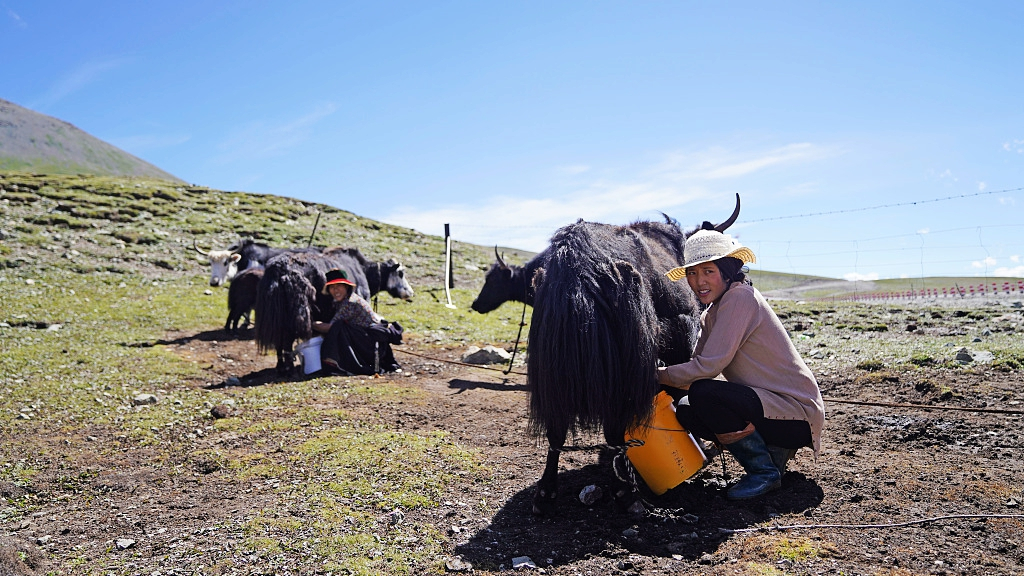
Locals get milk from yaks. /VCG Photo
For centuries, the Tibetans life largely relied on nature. To tackle the waste problem and protect the environment, the local government has installed garbage collection stations along the road. Every month, garbage trucks visit every village to transfer refuse to the local county's waste disposal facility.
The Sanjiangyuan National Park Management Committee also works with NGOs to clean plastic waste in the wild. Collectors in Zadoi County are also joining efforts to clean the rivers and mountains as part of a sustainability campaign.
"After a month, nearly 30 tons of waste were collected from a village. And there are 31 villages in Zadoi County," said Luo Haiqing from Sanjiangyuan National Park Management Committee.
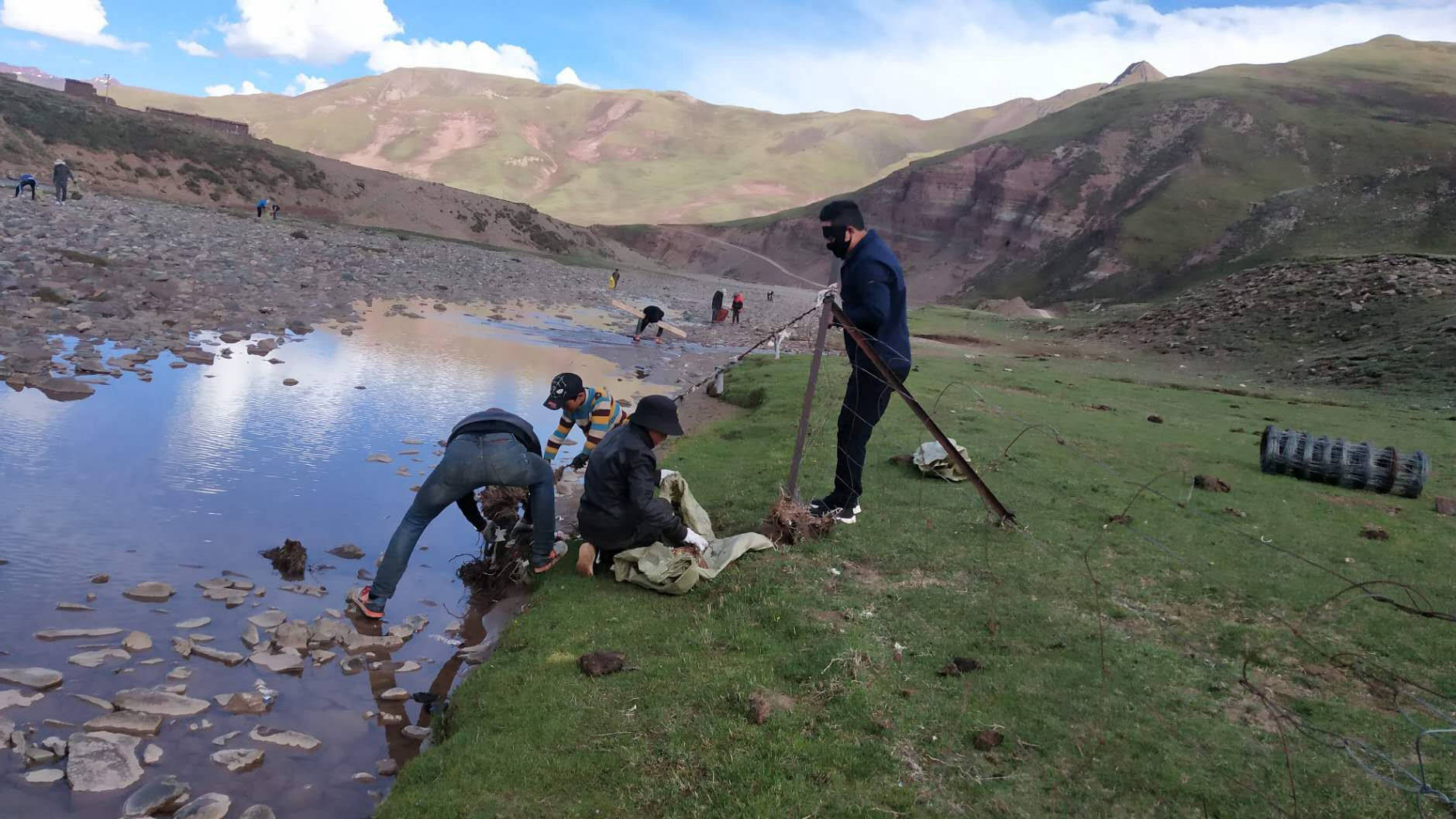
Locals clean a river. /Photo courtesy of Luo Haiqing
Luo Haiqing told CGTN that locals are becoming more aware of the environmental impact of pollution and littering in the Sanjiangyuan area. "If we see garbage when driving, we will stop the car and pick it up, and we do it willingly," he said.
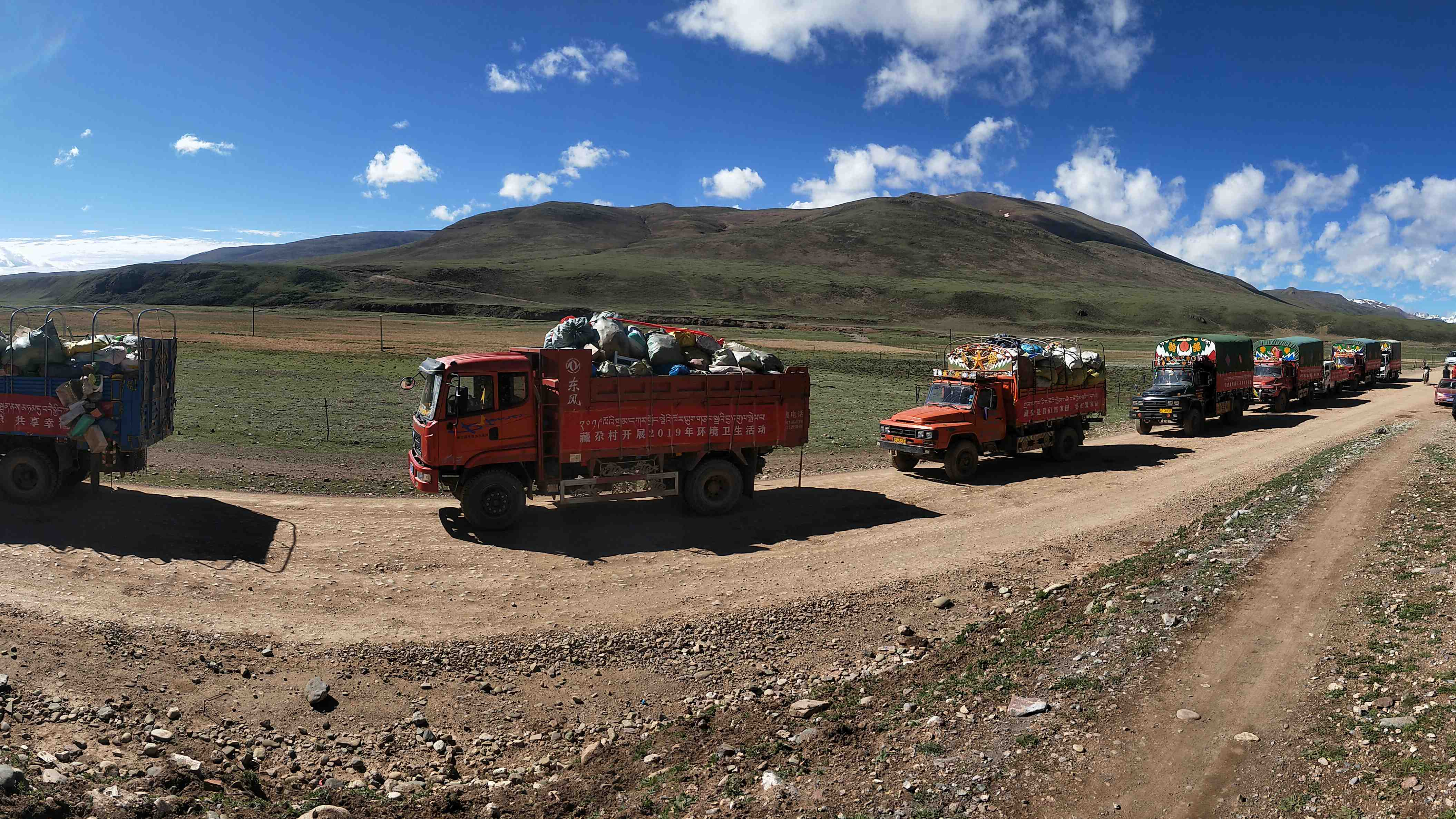
Carried by 12 cars, the 30 tons of waste will be sent to the local county's waste disposal facility. /Photo courtesy of Luo Haiqing
(Cover image: People collect caterpillar fungus. /VCG Photo)
(If you want to contribute and have specific expertise, please contact us at nature@cgtn.com.)

Copyright © 2018 CGTN. Beijing ICP prepared NO.16065310-3
Copyright © 2018 CGTN. Beijing ICP prepared NO.16065310-3